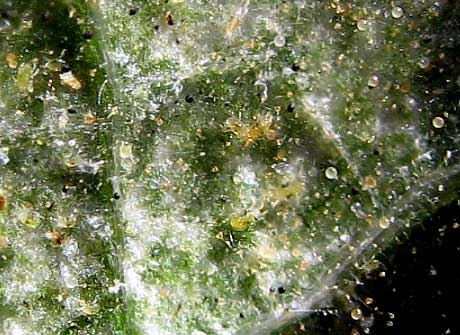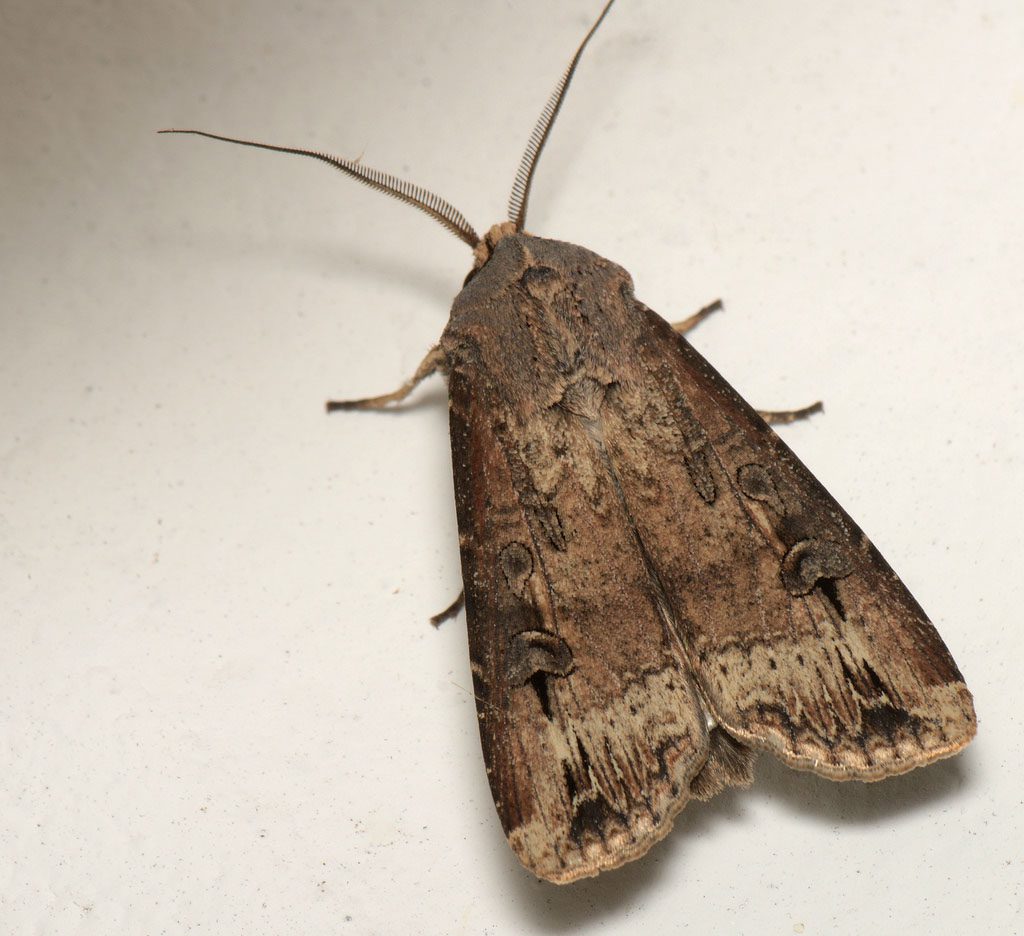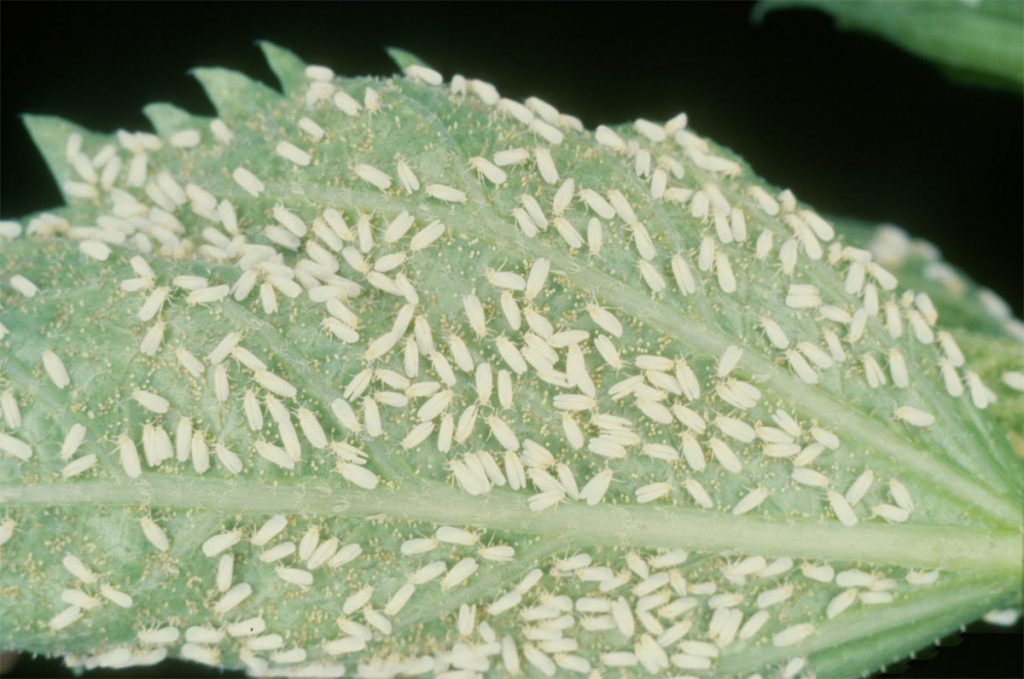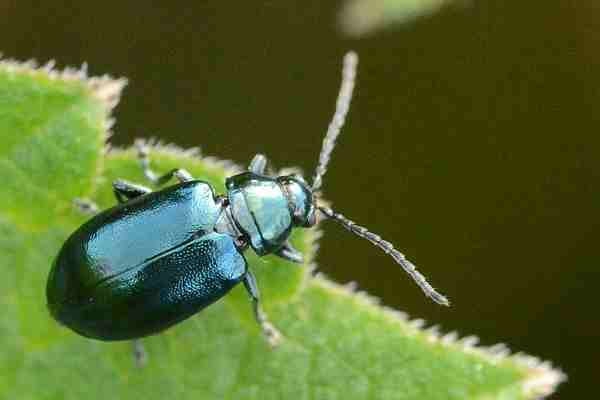Yellow thrip infests solanaceae, cucurbits crops, cotton, vines, citrus, and many other crops and native plants.
Scientific name: Tetranychus spp.
Other name: Thunder flies
Greek name: Κοινός Κίτρινος Τετράνυχος
Damage
The upper surface of the leaves shows chlorosis in patches, while the lower surface shows the feeding sites of their colonies (silvery and slightly sunken) and with the use of a magnifying glass you can see the yellow thrips. A sign of infestation is also the silky spider webs on the affected parts. In severe infestation the leaves become carunculate, dry out and fall off.
Stems, flowers and fruits may also be affected.
On the fruits of citrus trees, dark spots are observed, which expand and occupy a significant part of the surface. As a result, their commercial value is reduced.
In cotton, they suck the plant juices from the leaves and weaken the plants. The leaves show reddish-brown spots on the upper surface. In heavy infestations they reduce production and degrade the quality of cotton.
In the vineyard, infestations of the yellow thrip occur from summer to September. It attacks the leaves, which become brownish and dry. It forms tissue that can cover the back surface of the leaf or the entire top of the stem. In heavy infestations it can cause leaf loss resulting in total loss of production. In light infestation it is possible to cause a reduction in shoot growth and unsatisfactory ripening of grapes and later wood.
Pest
The adult female is 0.5 mm long, oval in shape and varies in color from pale yellow to greenish yellow. It bears a dark extended blotch on the sides. It bears 4 pairs of legs. Autumn females, which will overwinter, are orange-red in color.
The nymphs resemble the adults in appearance. The larva, however, has 3 pairs of legs.
The eggs are spherical, smooth and resemble small pearls. Near hatching they turn a reddish color.
It spreads in sheltered places, such as under the dry bark of stumps, around the neck, on various herbaceous plants. In spring it becomes active and moves to herbaceous plants (usually weeds) where it multiplies. At this stage it turns from reddish to yellowish green. It develops several generations, mainly in summer, in dry and warm weather (1 generation every 10-12 days at a temperature of 25-30 degrees Celsius).
Notes
Thrips are favored by dry and warm weather. They can rapidly develop large populations and cause serious damage.
They must be dealt with in good time, at a low population level. This can be achieved by careful and systematic control of the crop.
Source
www.bayercropscience.gr
Thrips
Thrips / RHS
Tags: PLANTS ENEMY





